After an incredibly long and demanding day at Comme des Garçons, in the historic show-room on Place Vendôme in Paris, I decide to push through a bit longer and visit Manuelle Guibal at Quai aux Fleurs, inside the Ile de la Cité. I know it’s close, but I am so exhausted that I don’t even have the energy to search for the address on my historic map.
I take a taxi and let it carry me to the destination, without thinking about anything except how foolish I was not to choose the metro in order to avoid Paris rush-hour traffic. Close to my destination, a violent thunderstorm hits, one of those targeted storms, with clear skies on one side and threatening dark clouds, of course on my side. It delivers its final blows: just enough time to get out of the car and cross the streets, I find myself drenched from head to toe.
Weary, cold and slightly disheartened, I step into the lively Guibal’s show-room. My “Bonsoir, IVO MILAN”, cuts through the buzzing chatter, drawing surprised faces and wide eyes toward me, making me feel like a mere shadow of myself. At that very moment, a warm male voice dissolves any hesitation and greets me with a single, simple question: “Champagne?”
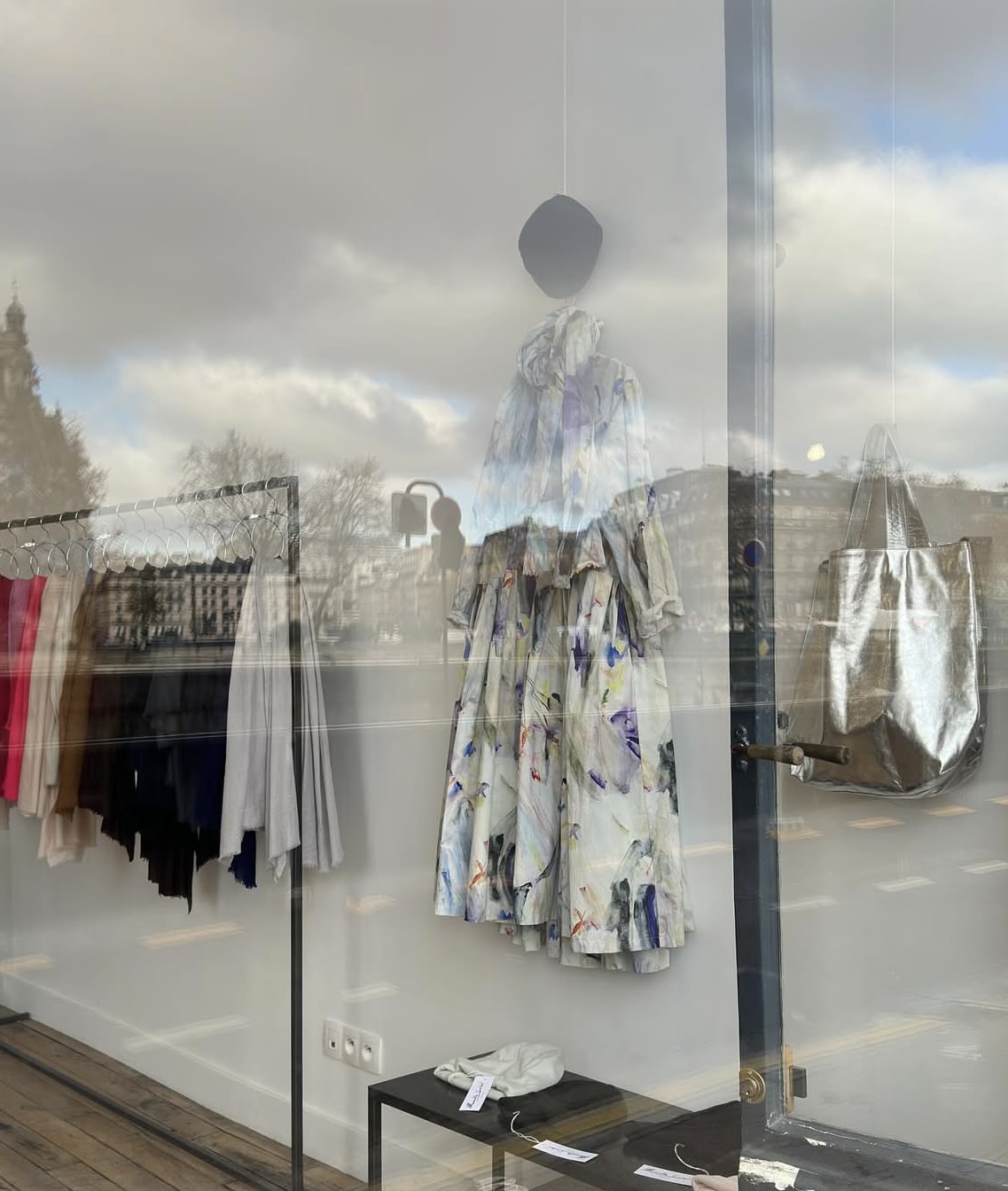
I love telling the story of how the collaboration with Manuelle Guibal began, because her world is just like this: joyful and marked by a welcoming rhythm, instantly familiar, full of complicity, professionalism and deep involvement. The Maison is like a family, a gynaeceum of women where Manuelle reassures and uplifts each one, listening with passionate and tender gaze, curiously observing how her clientele responds to each seasonal offering and enjoying getting to know their diverse backgrounds.

The designer works with color, interpreting it across different styles and fabrics, presenting it in a way that is both captivating and desirable. The creative soul – she also is a sculptor and a painter – and her sociable nature allow her to easily connect with local artists. As a result, painter Manon Gignoux’s brushstrokes often appear on the cotton canvases of voluminous dresses and shirts.
It’s a comforting, urban language that strongly embodies a vibrant yet relaxed Parisian esprit, evident in the choice of natural fabrics: cotton, silk, and washed linen, often iridescent, layered and enriched with bright or muted tones, always offered through a distinctly feminine lens. It’s a vision that celebrates freedom of movement, simplified through the use of drawstrings, elastic bands and the joy of mixing and matching pieces freely, not only within Guibal’s collections, but also with what already exists in one’s wardrobe.
Manuelle Guibal’s world evokes friendships, engaging stories, thoughtful research, culture, collaboration and a sense of the contemporary. It’s a generous world, full of the joie de vivre, attention and sentiment, work and sustainability
But it’s in the Maison’s own words that best define its atmosphere:
A spacious and light-filled place, a pot-pourri of sensations. You might hear Japanese, English, French, Portoguese or New Zealand accents, and feel as though you’re traveling the world through a swirl of voices, sounds and overlapping images. You might dream of escaping to wild, sandy beaches with swaying coconut palms… But don’t be fooled, Manuelle Guibal’s world is also a buzzing hive of research, dedication and activity!
Read More
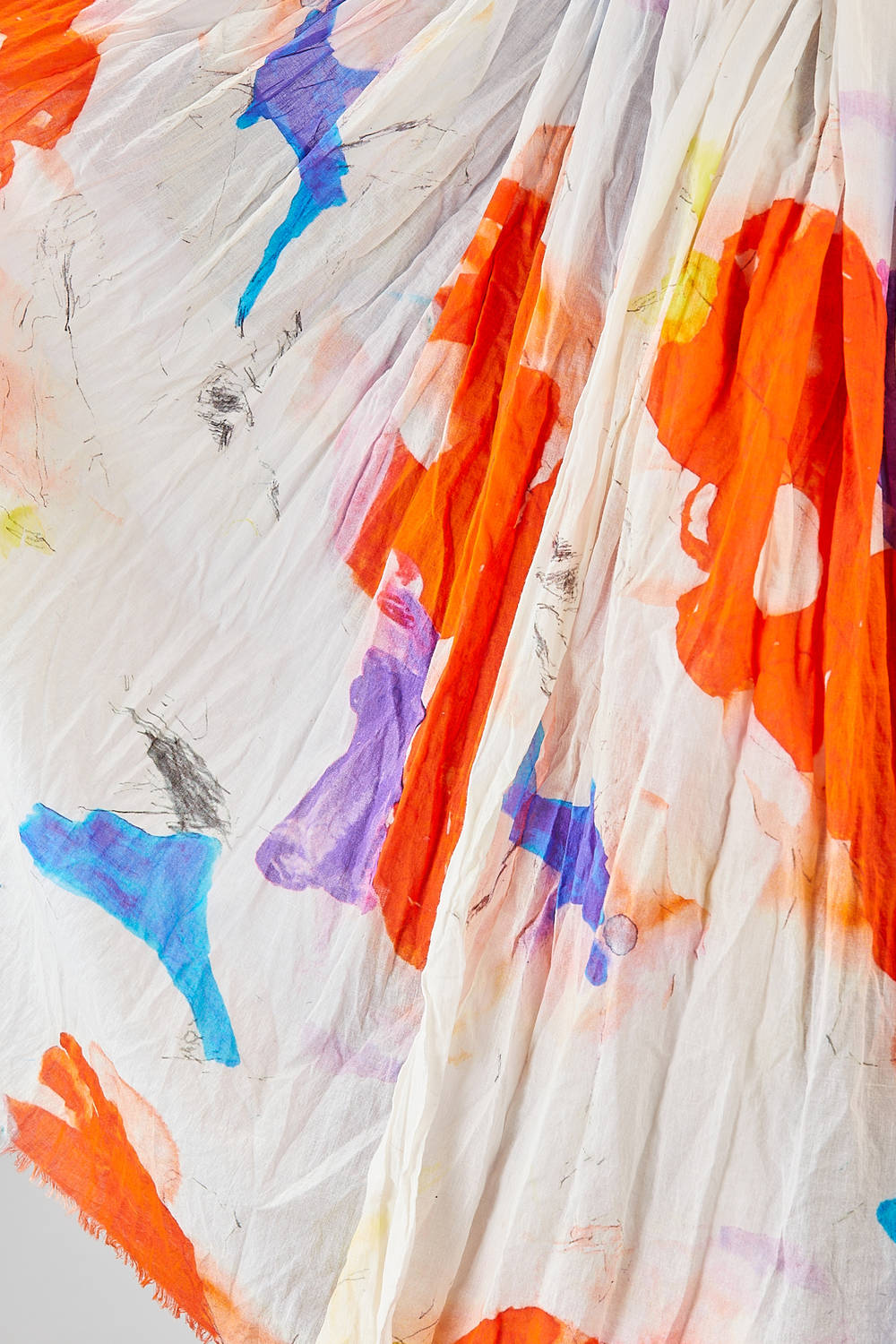
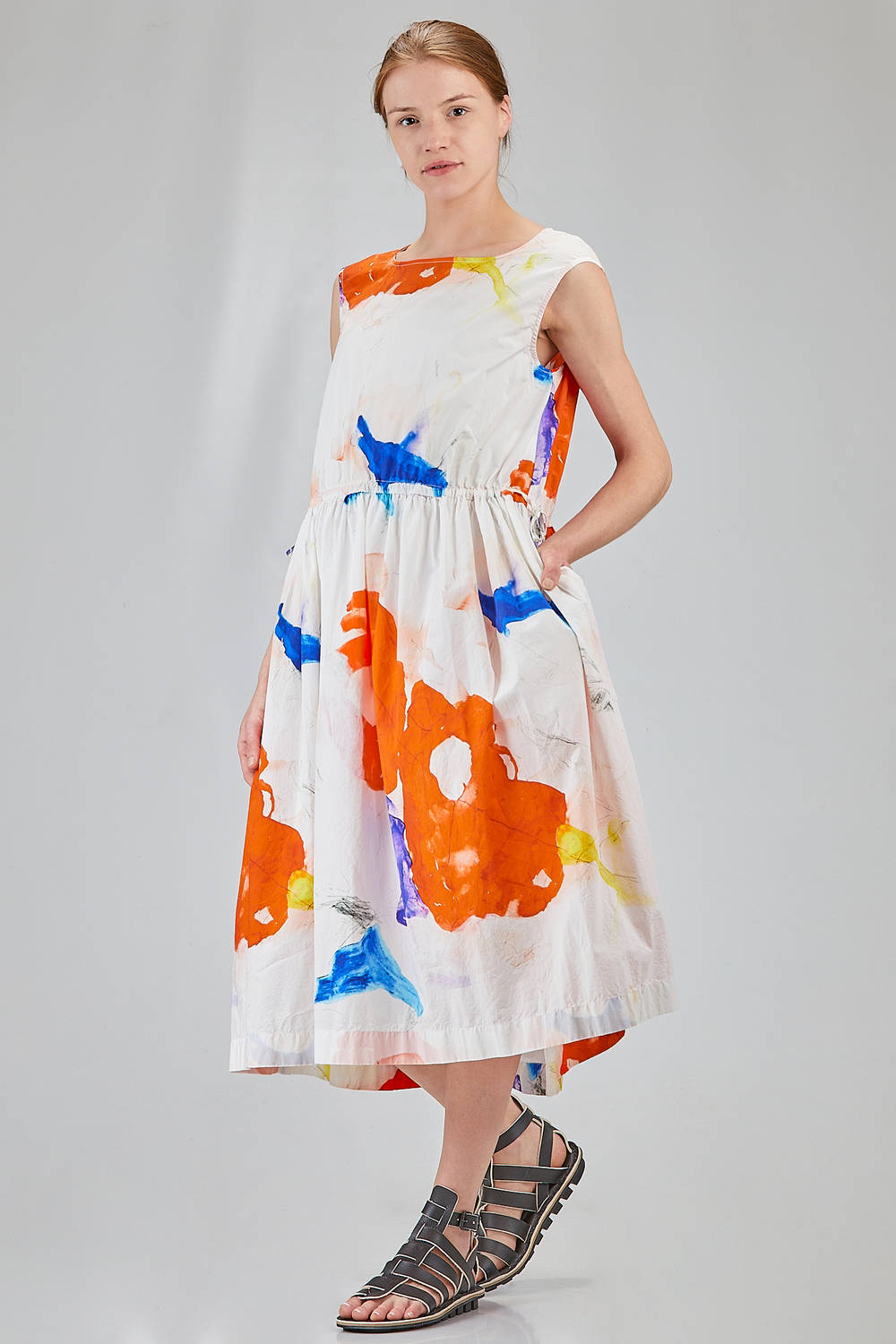
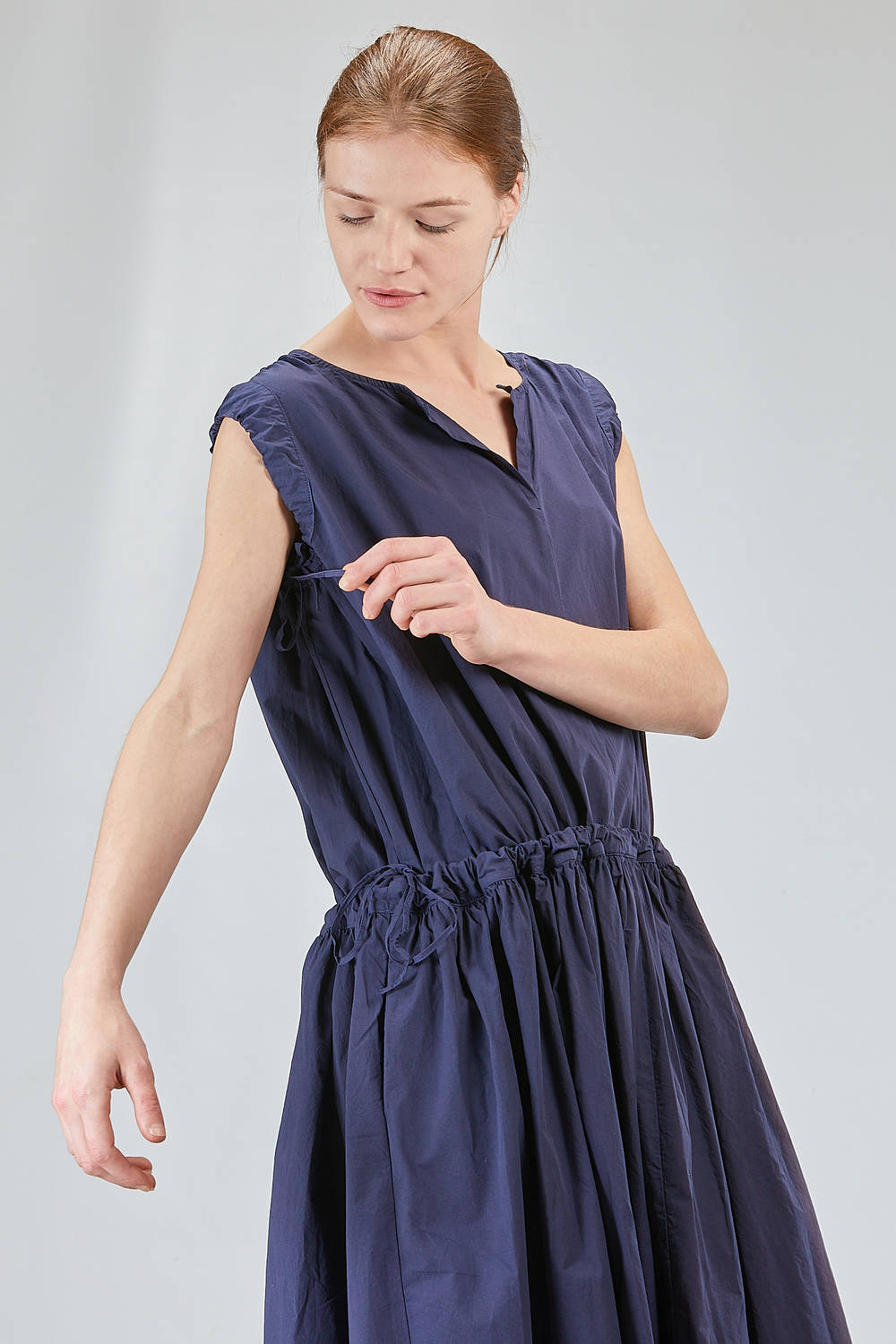
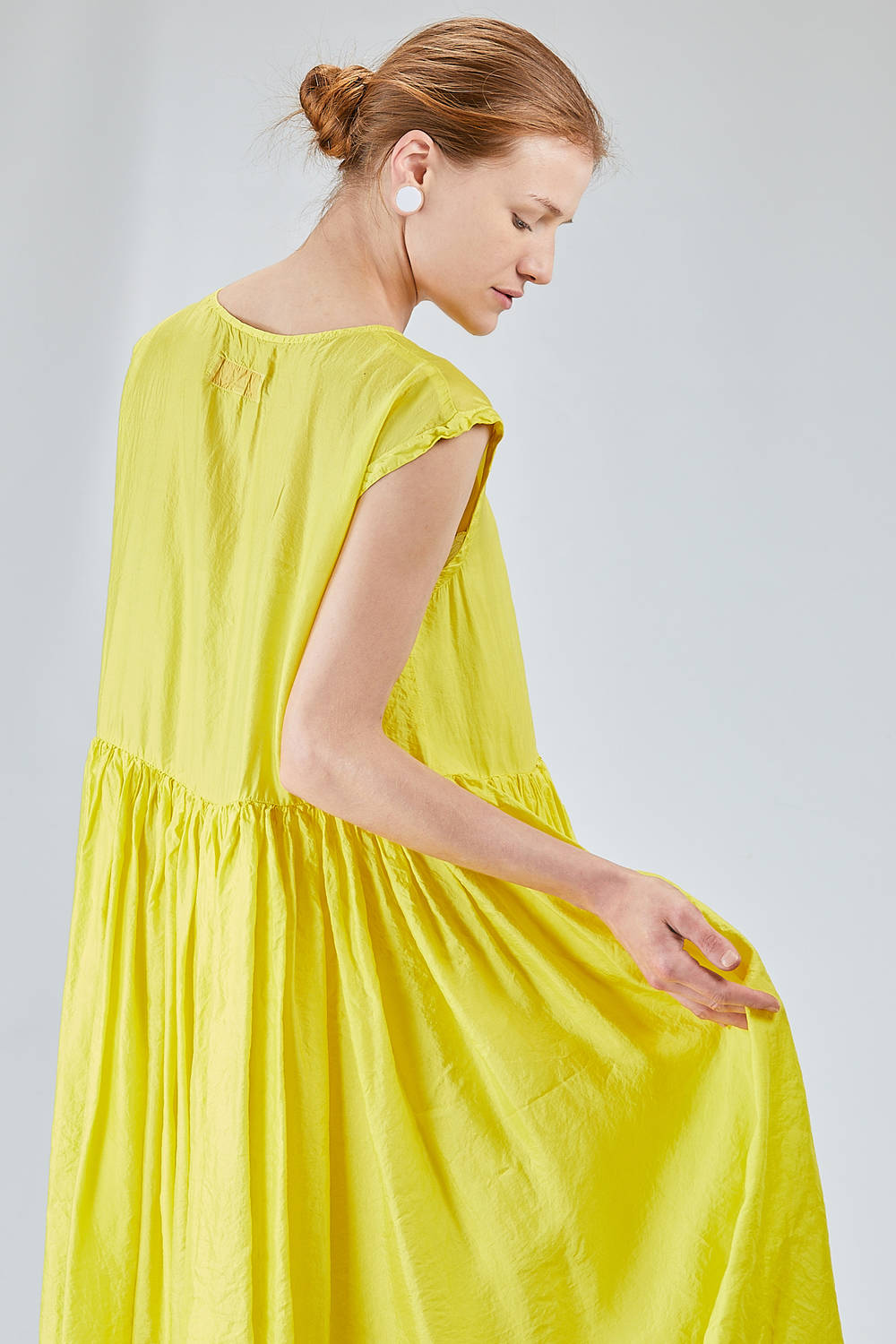
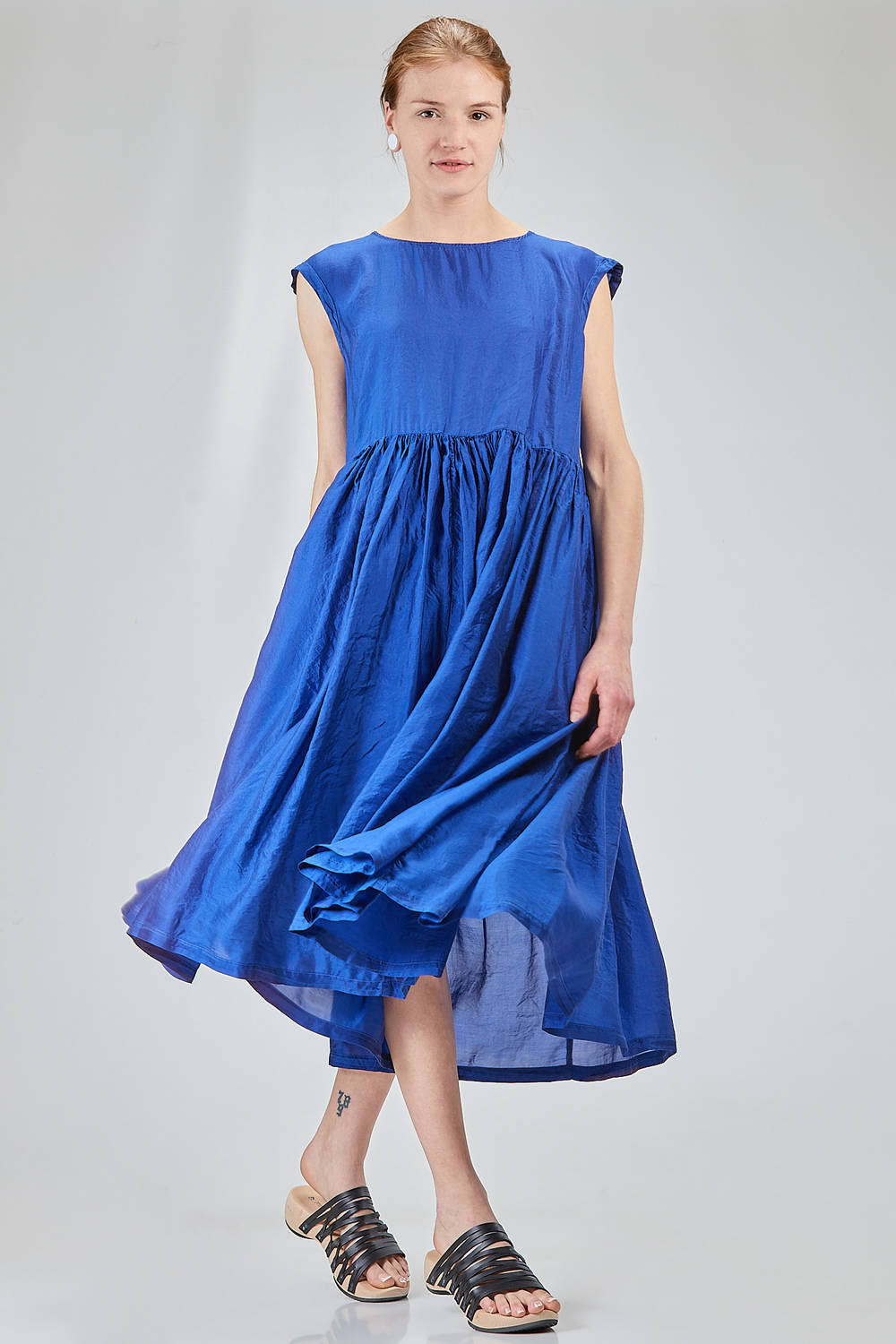
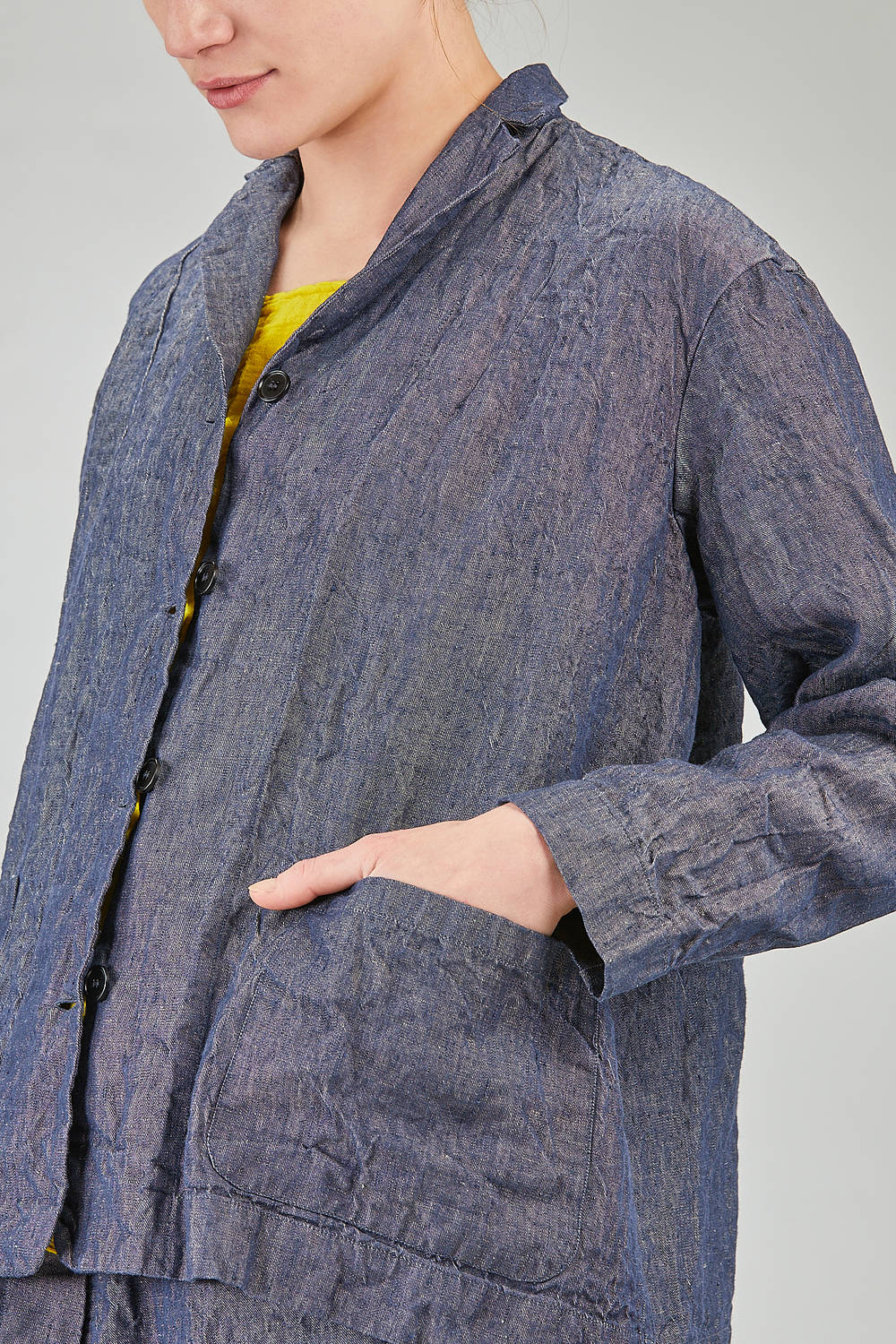
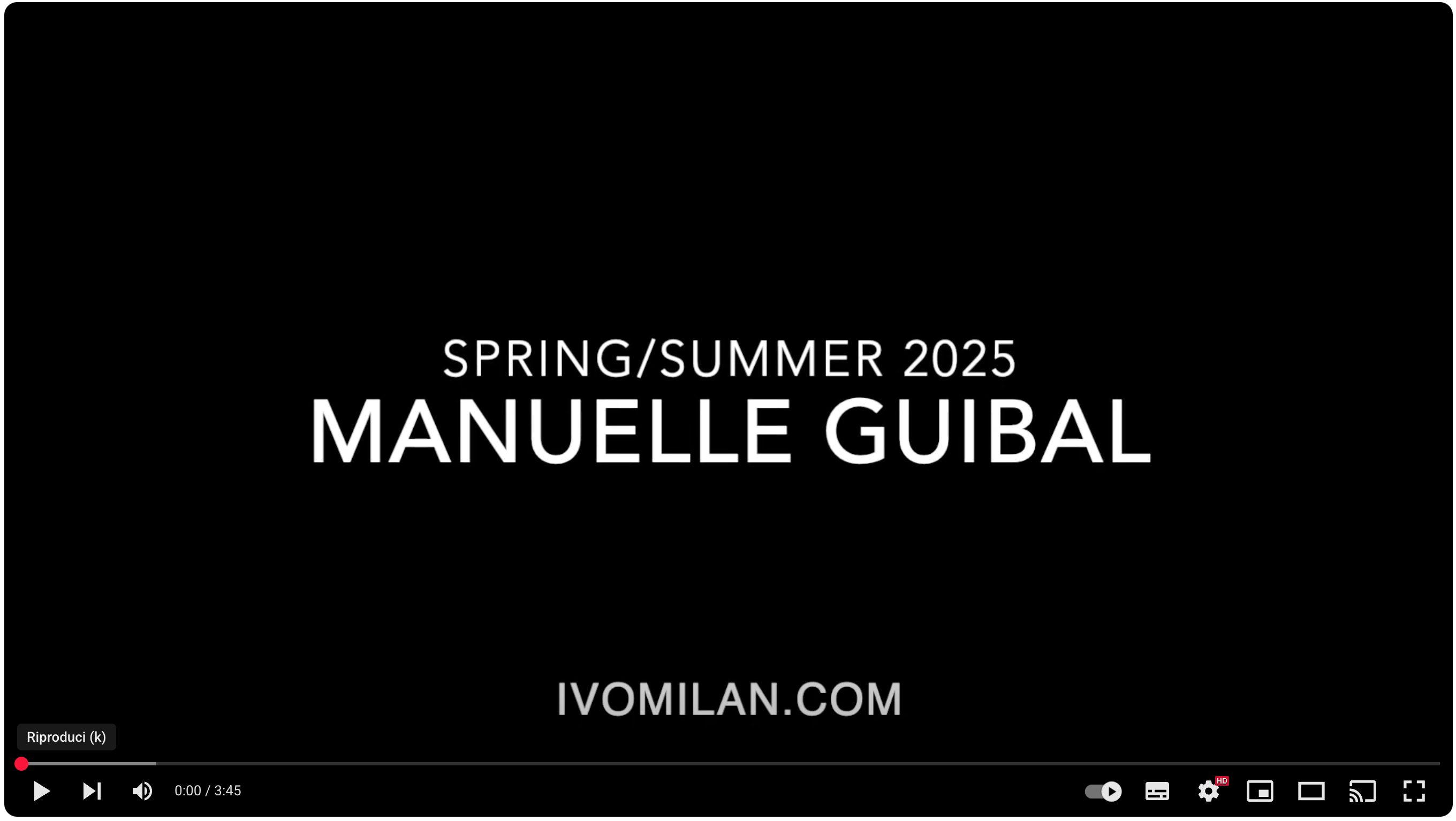
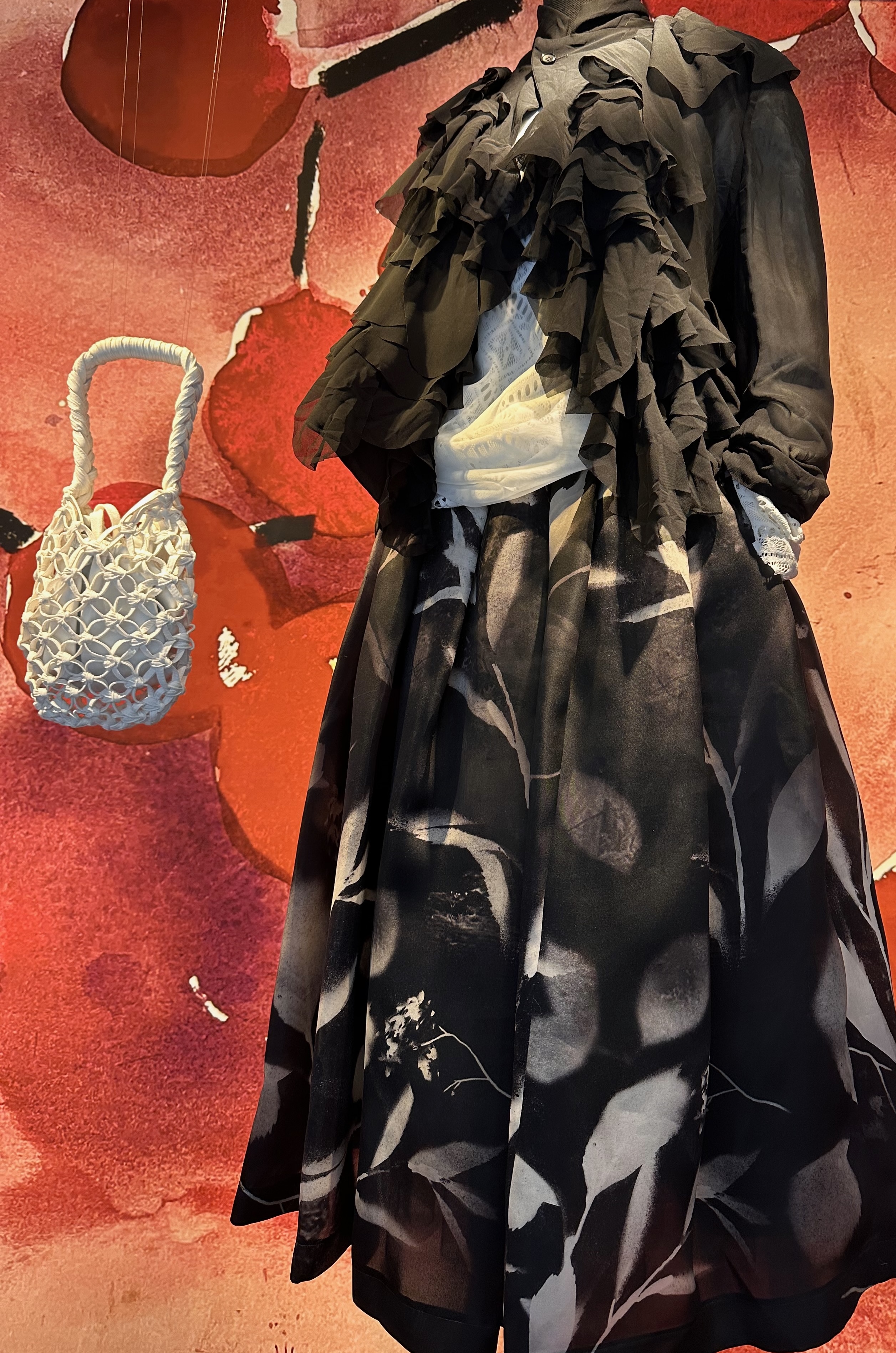
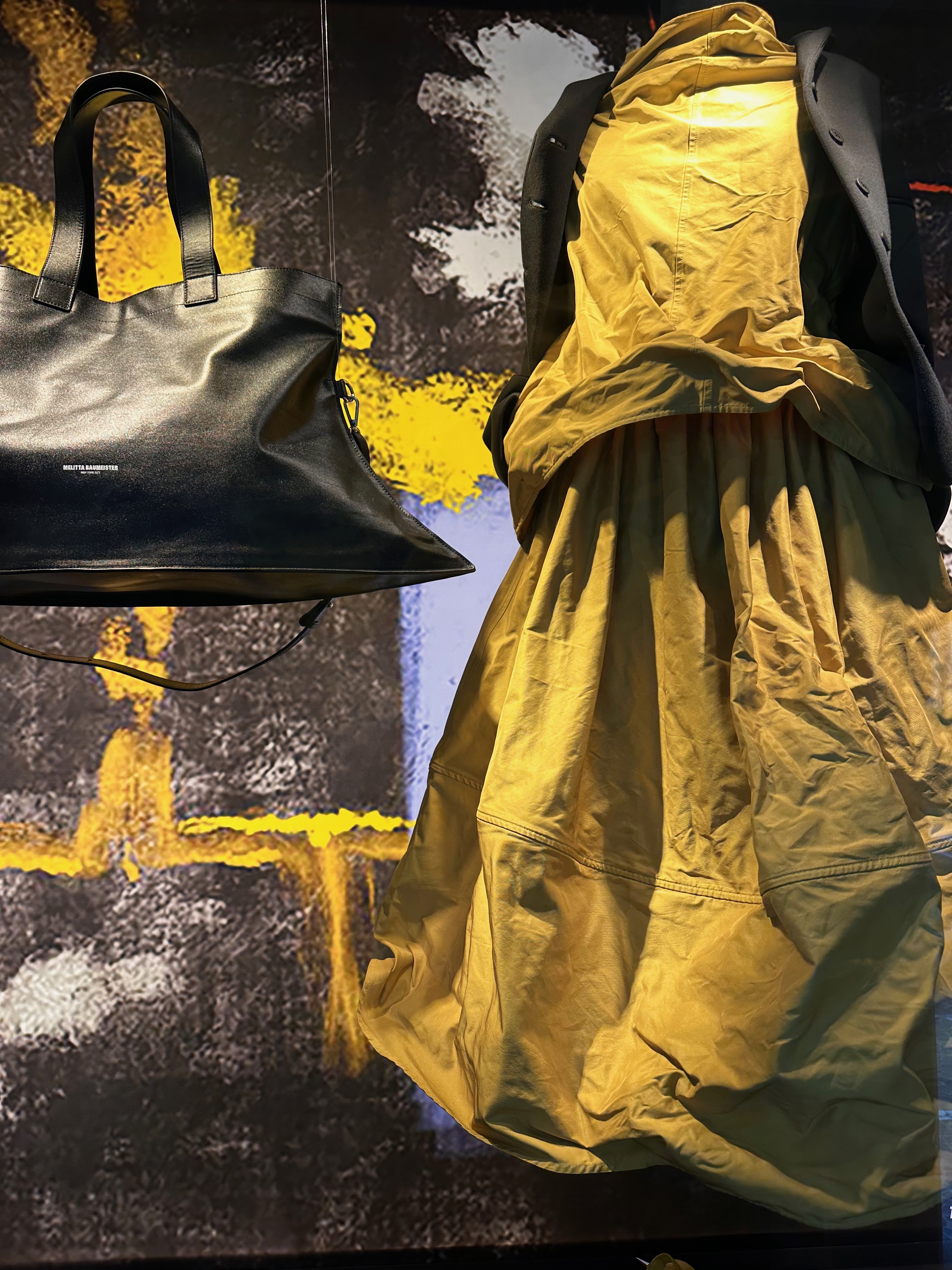
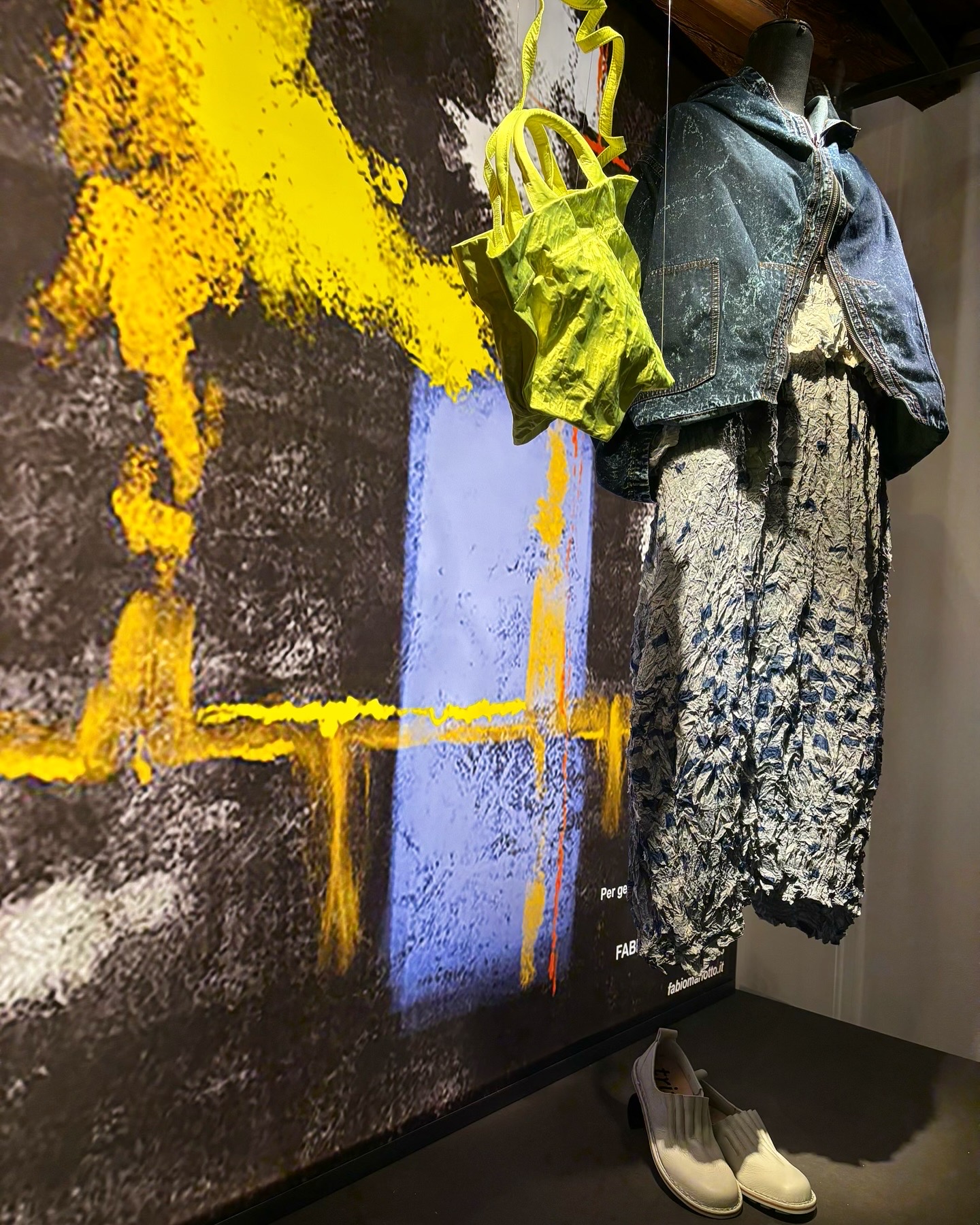
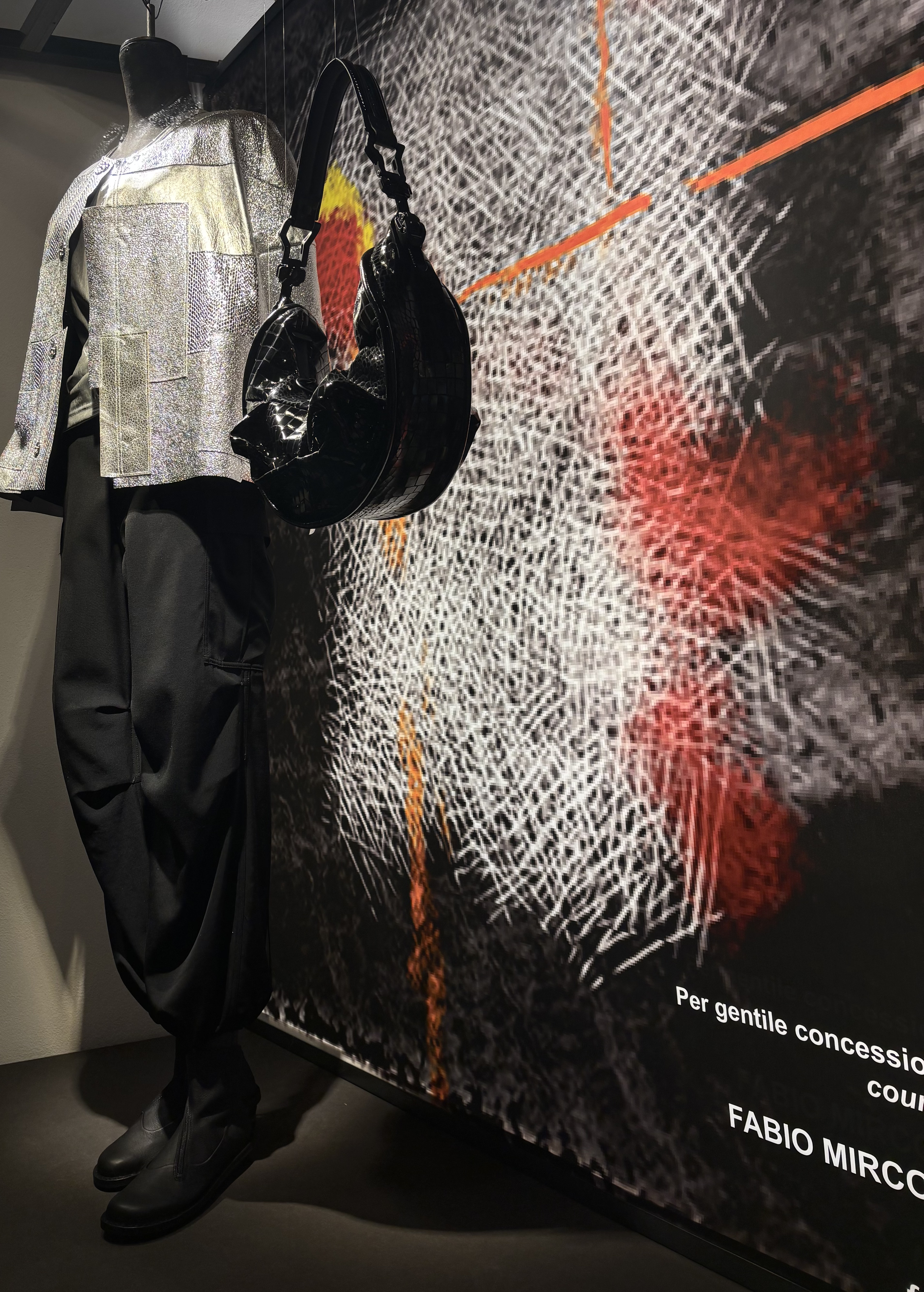
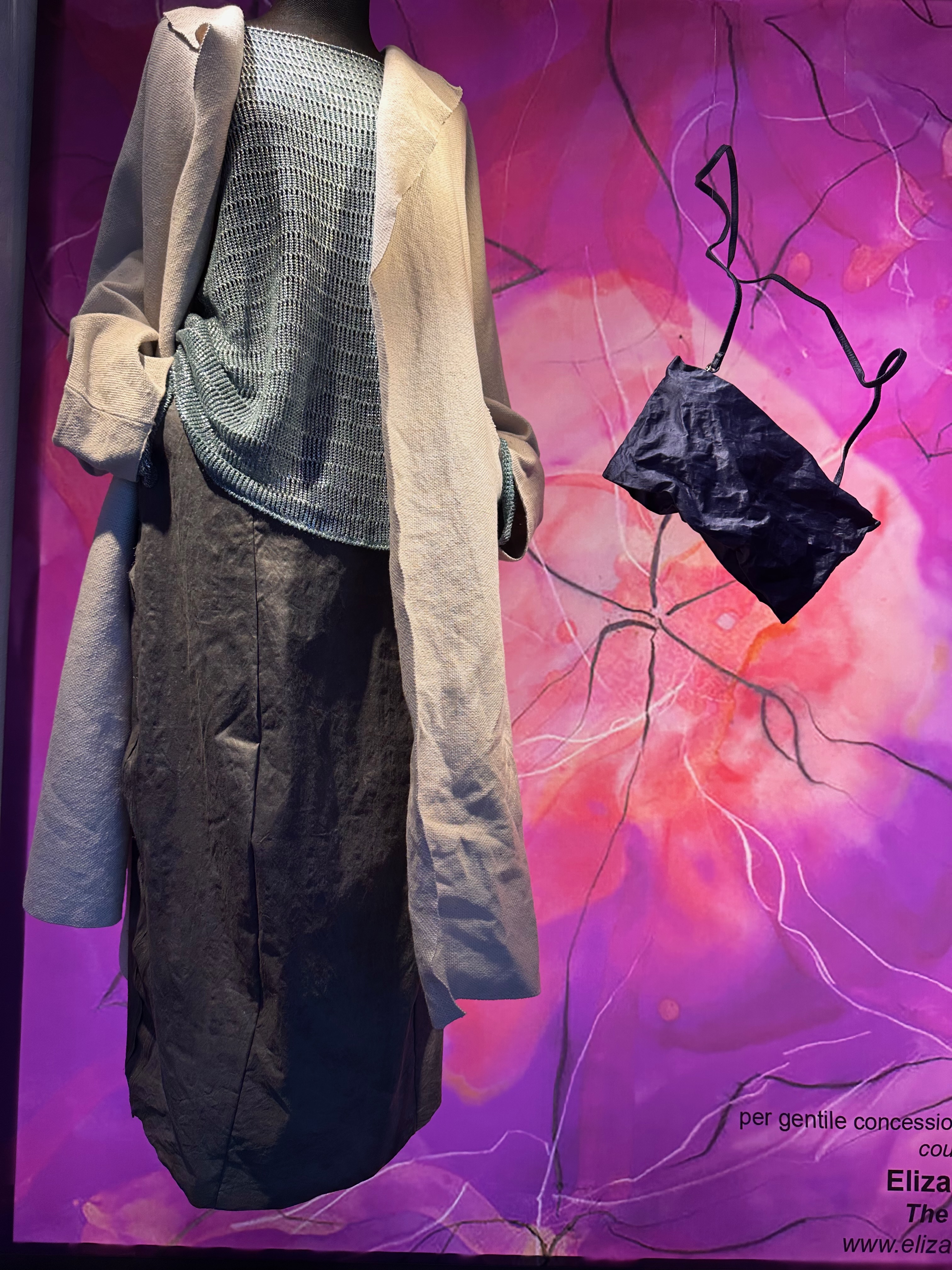


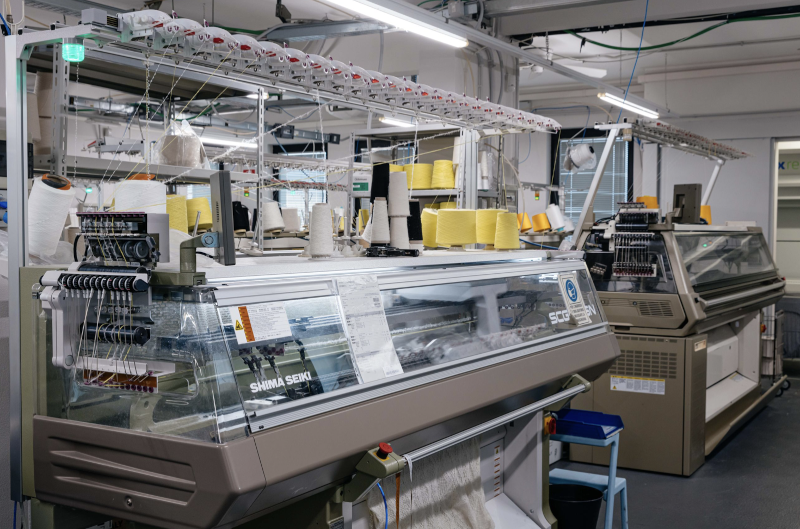
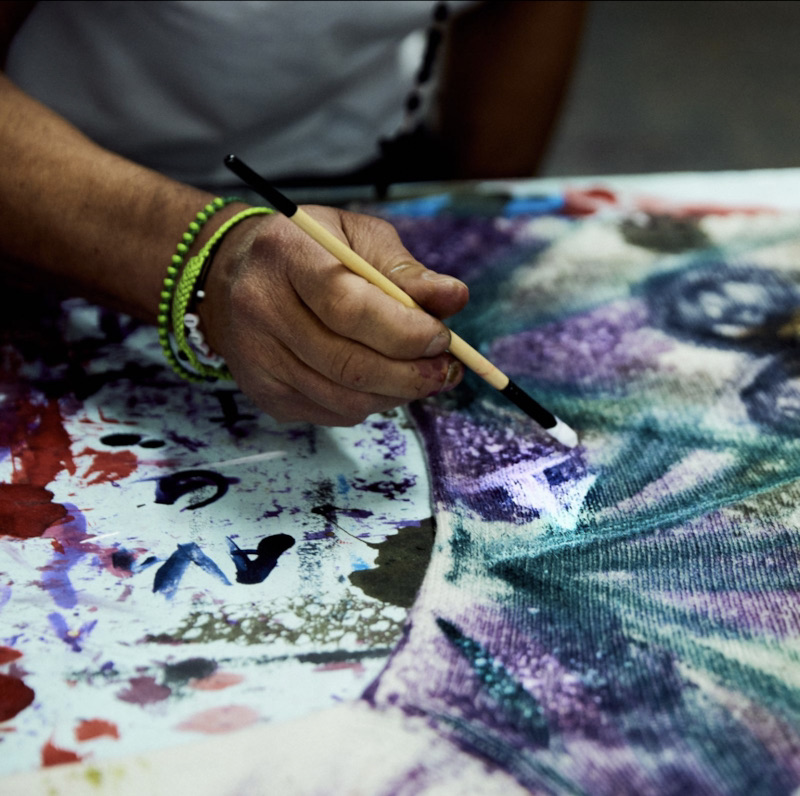
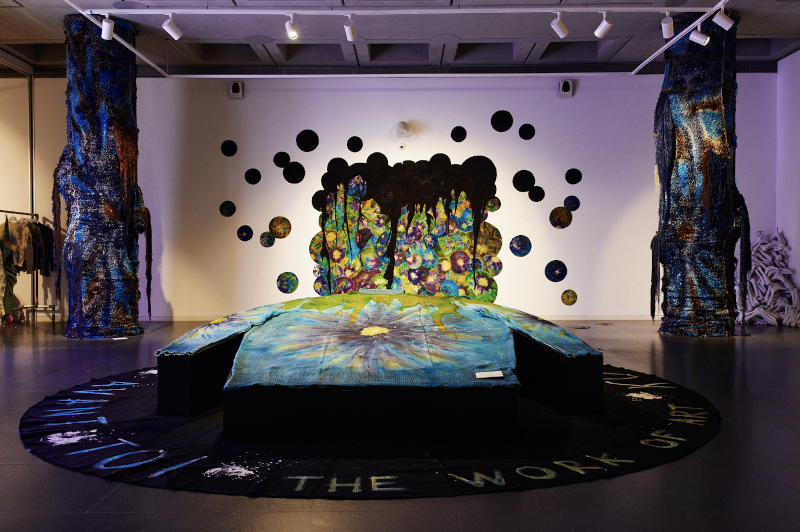
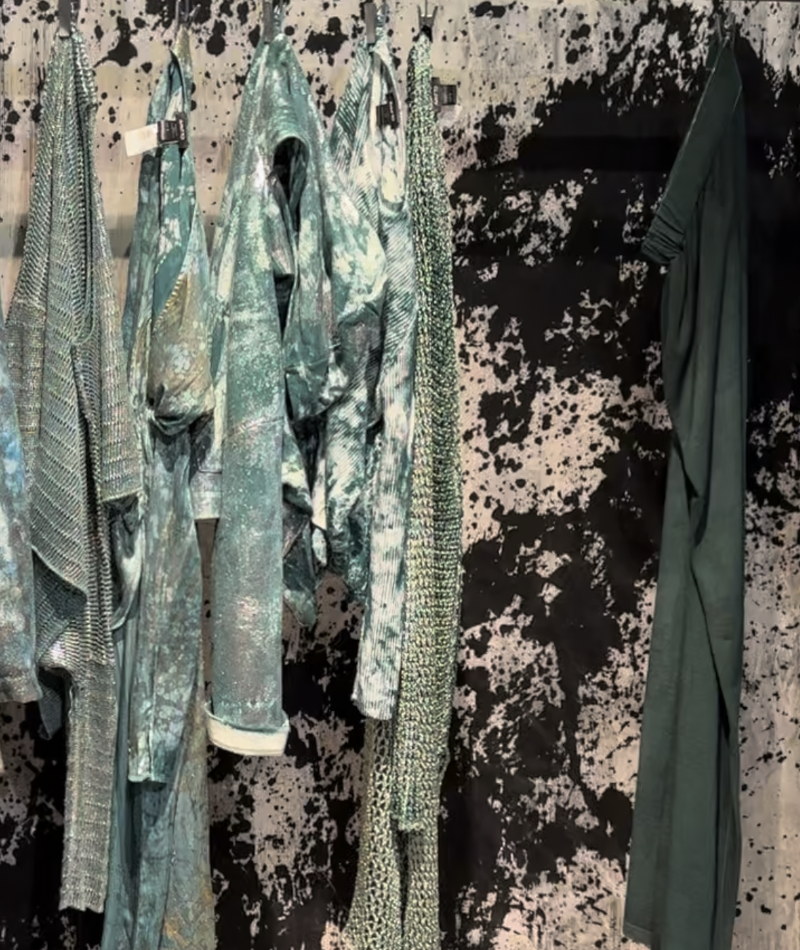
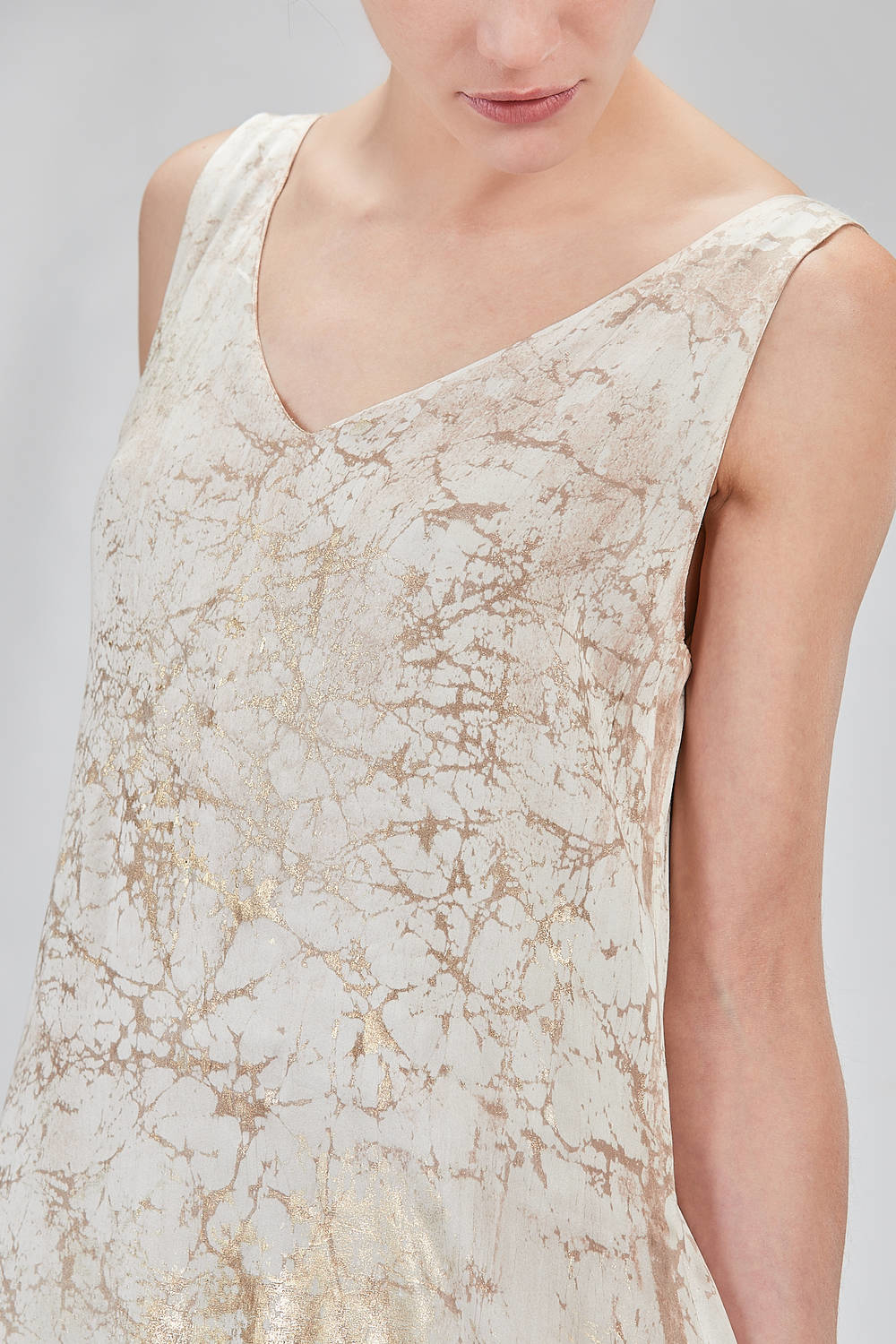
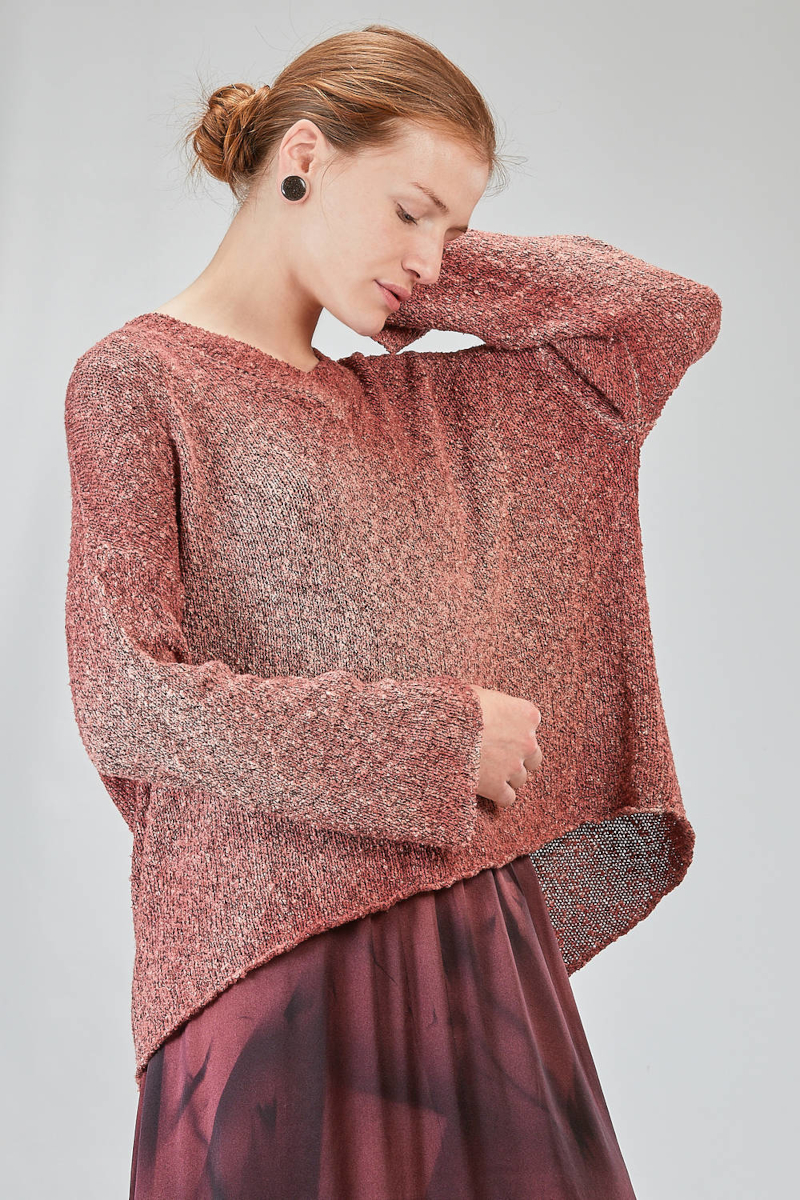
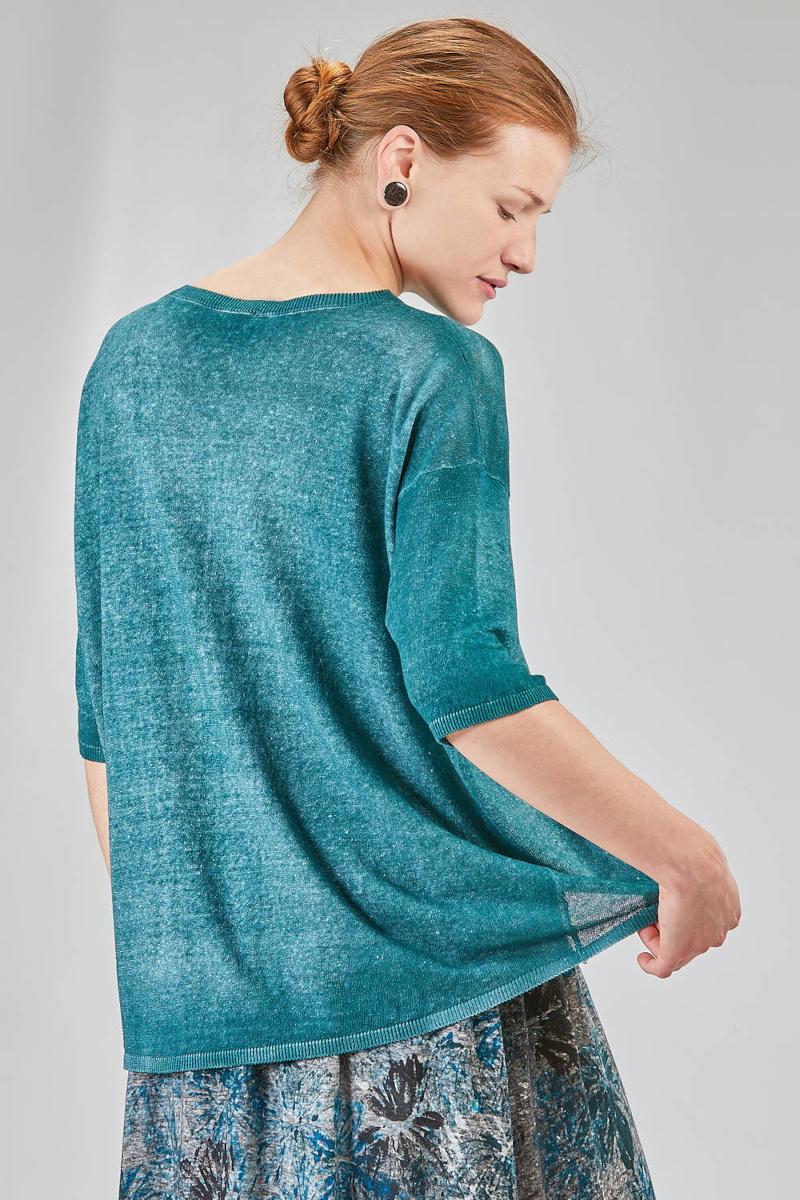
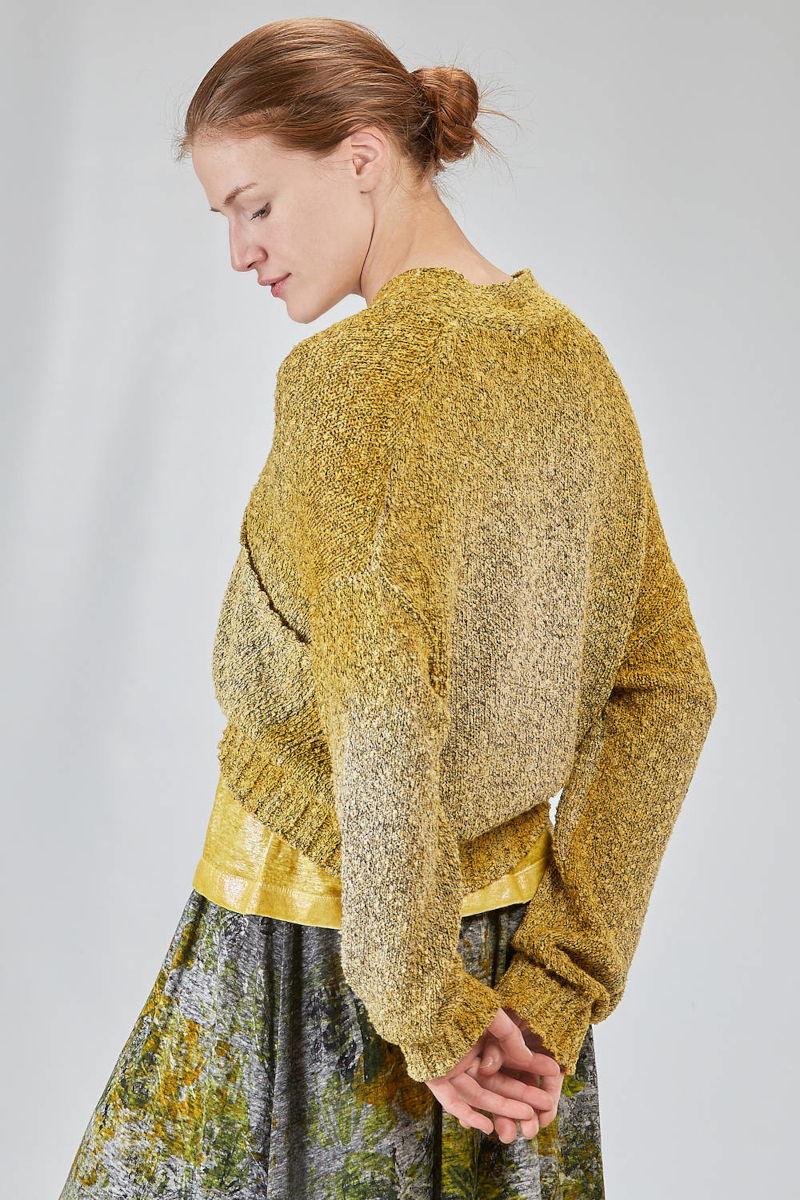

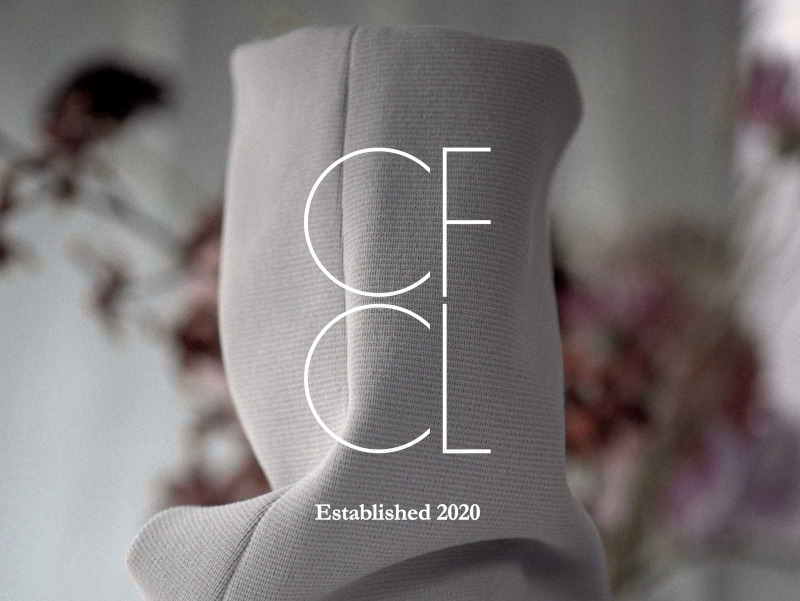
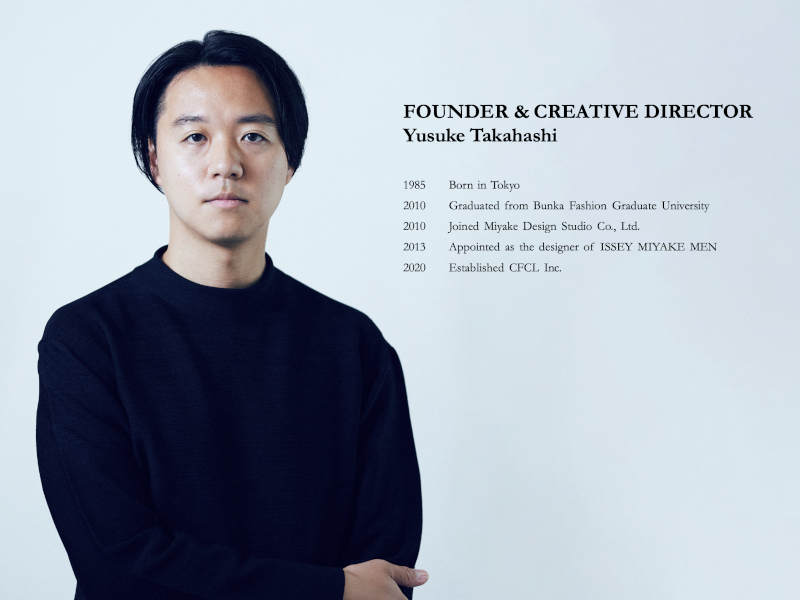
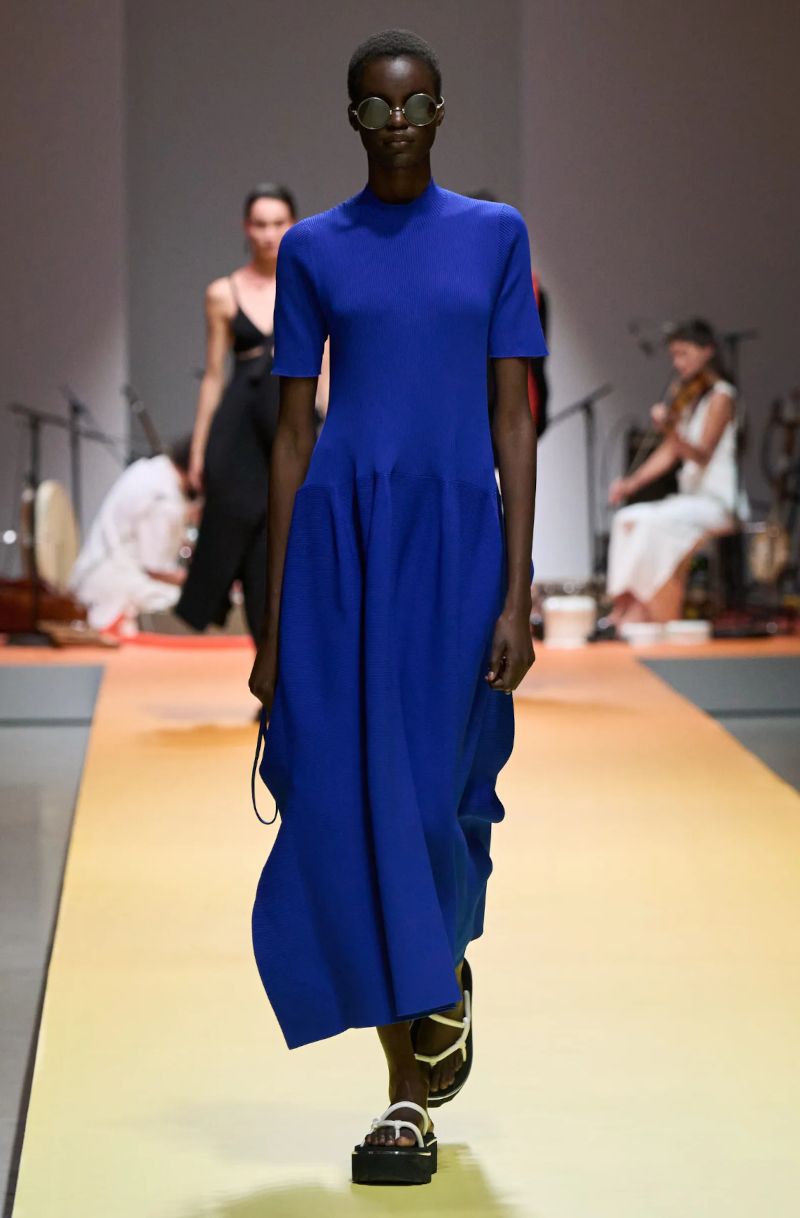
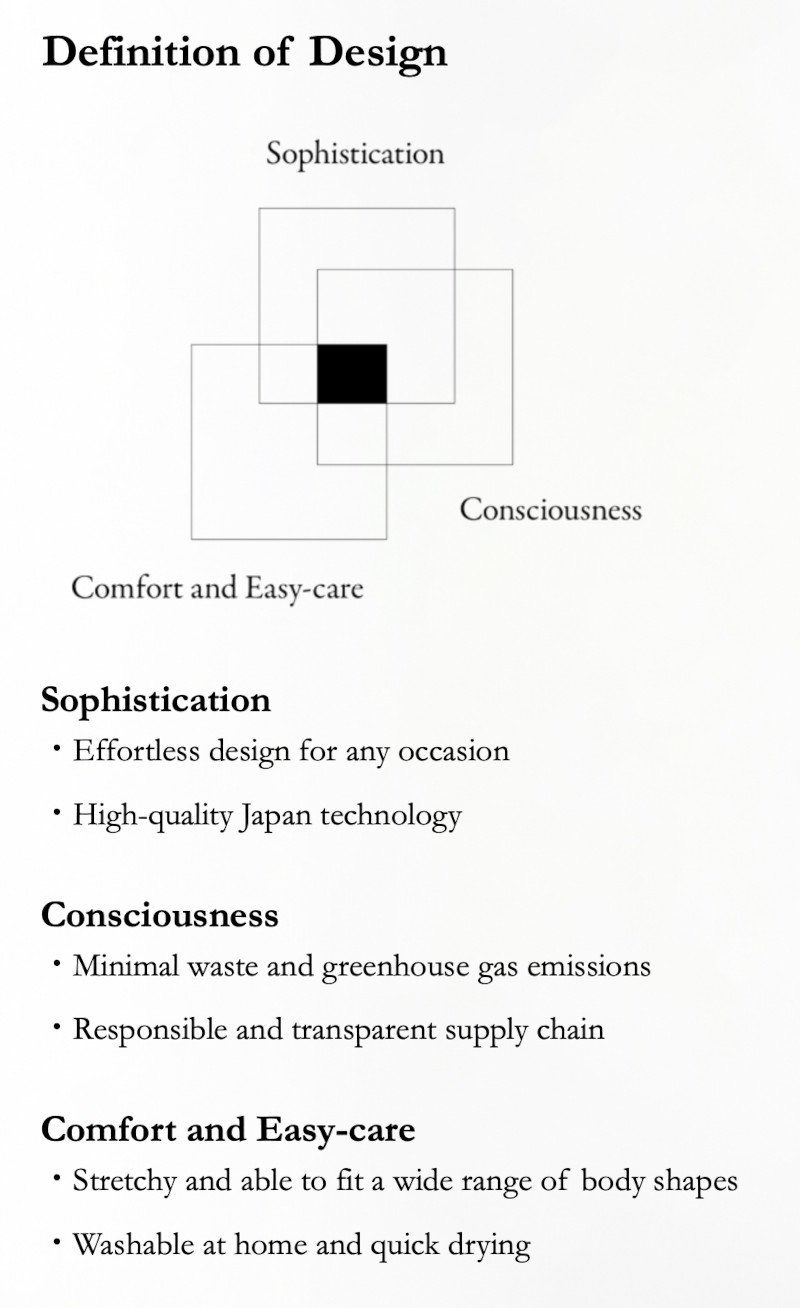
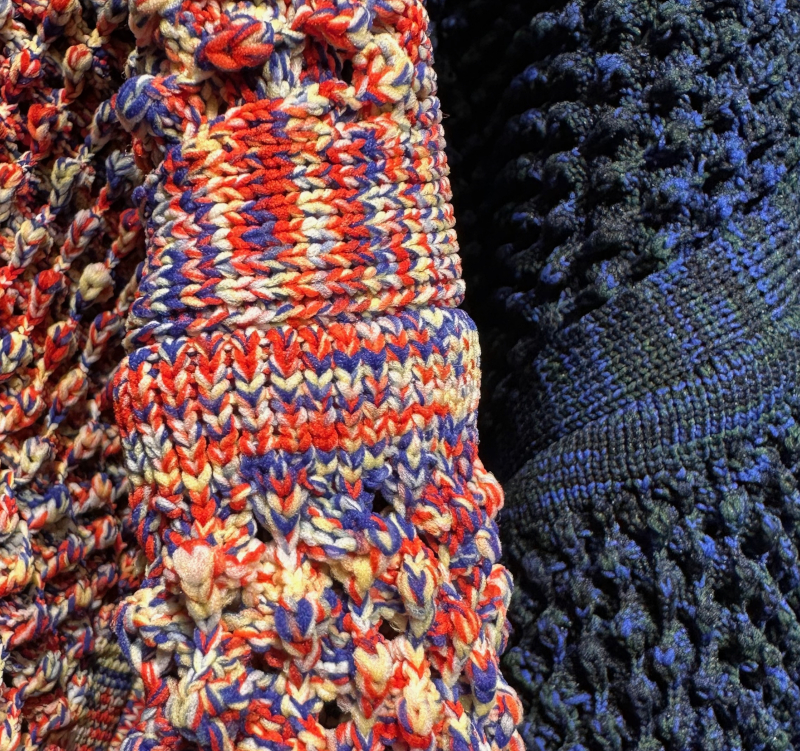
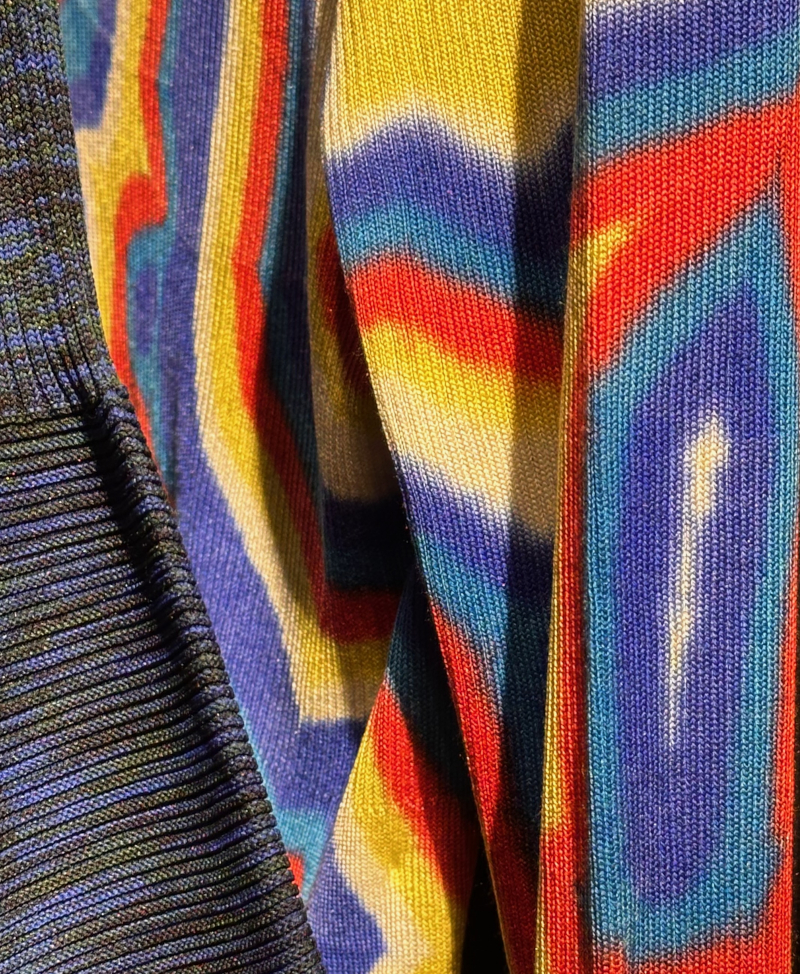
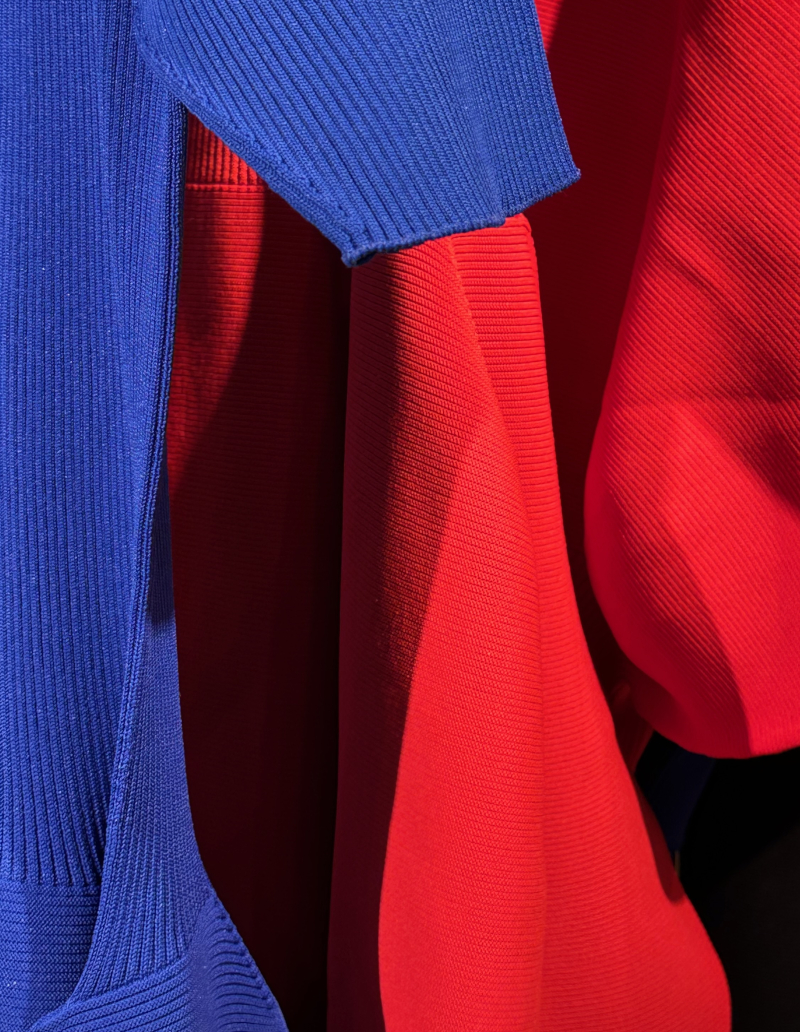
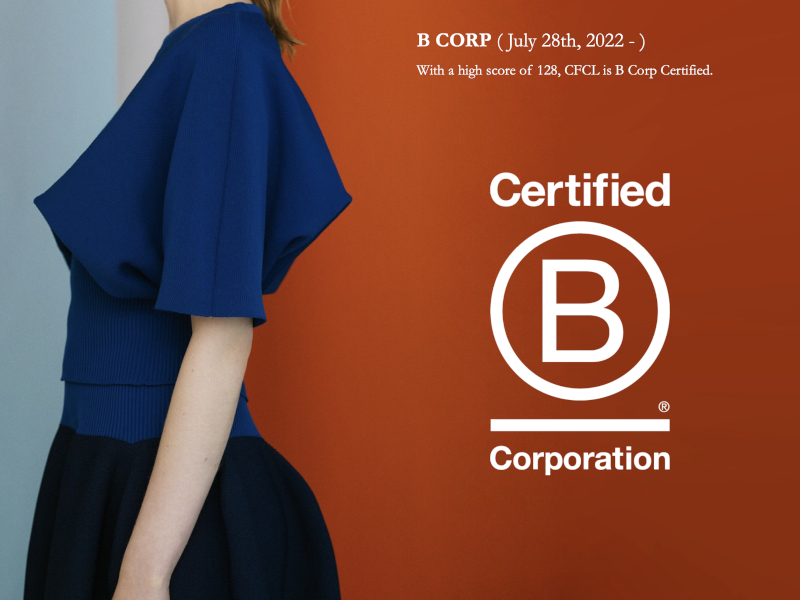

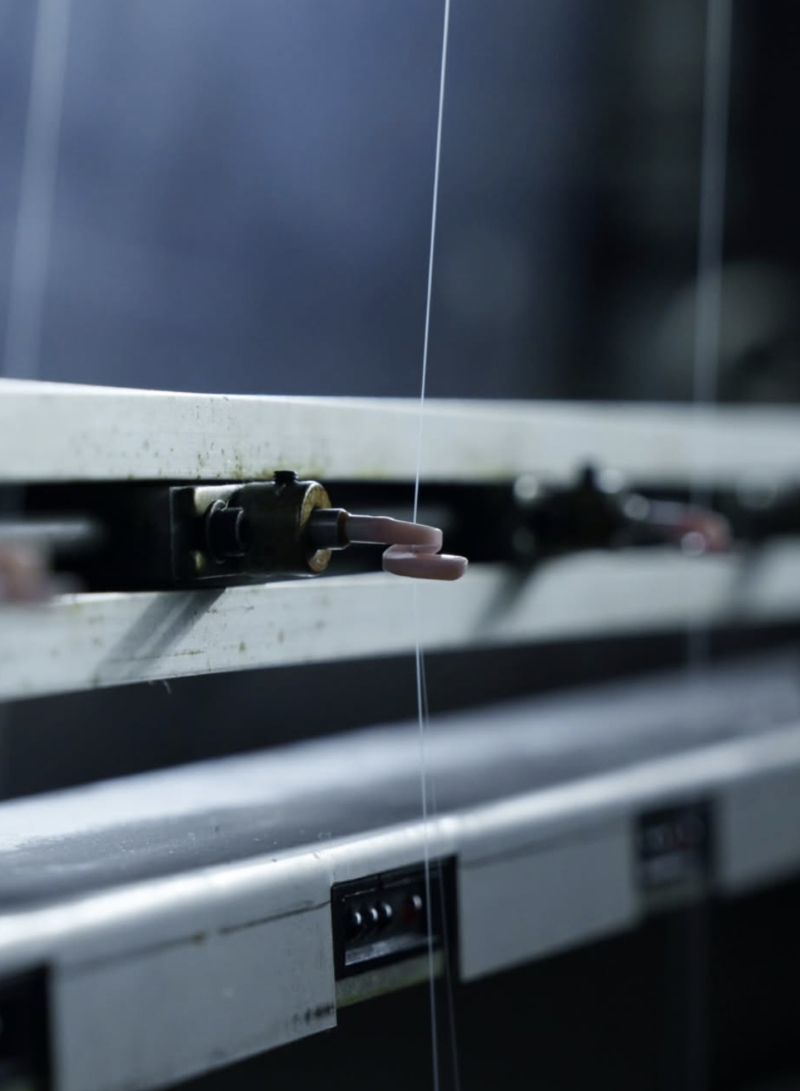

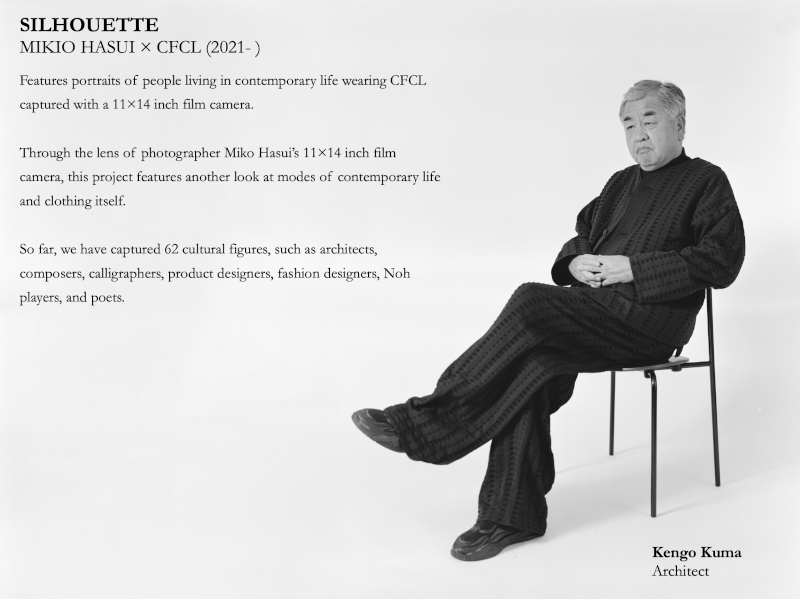
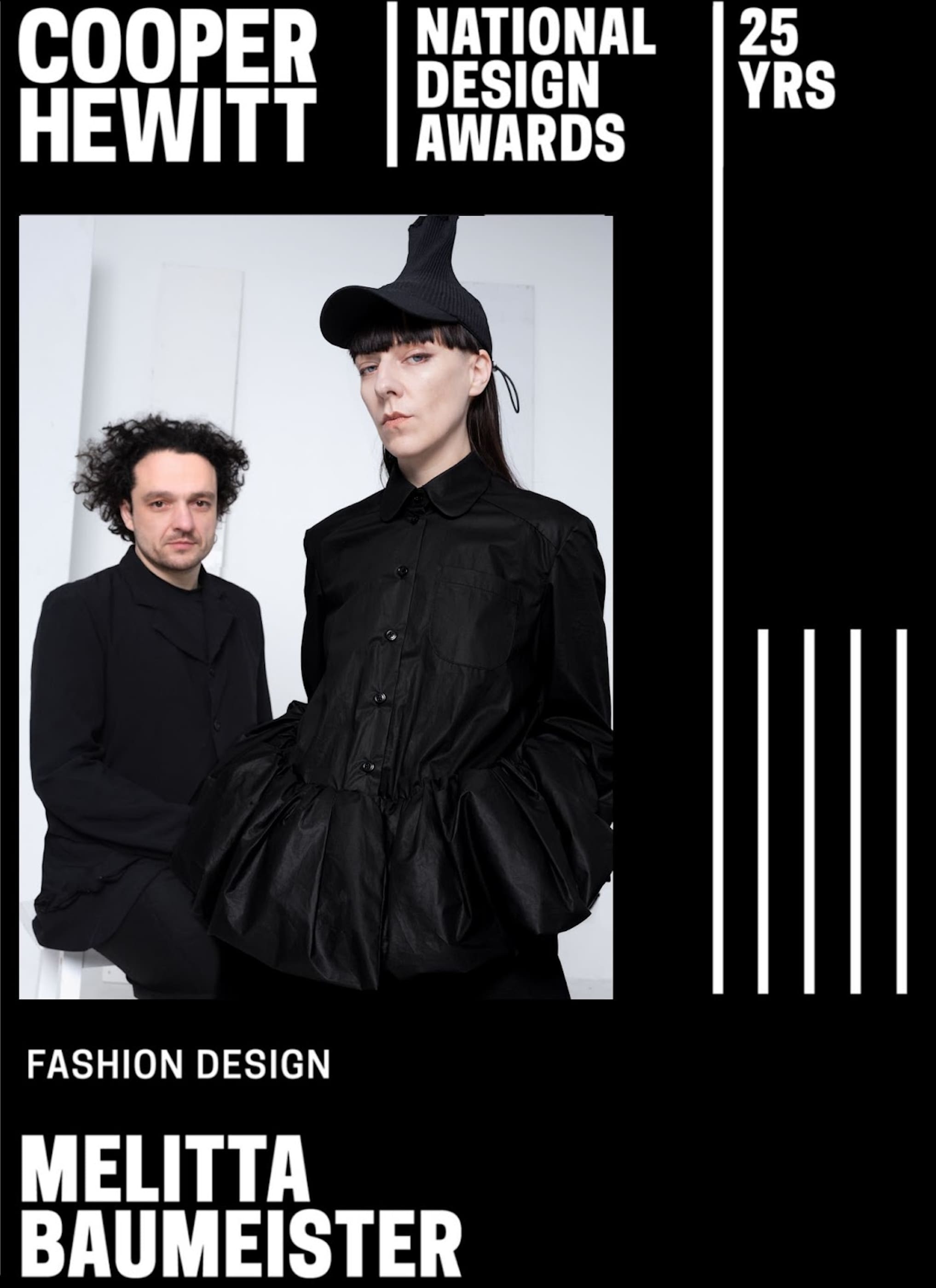
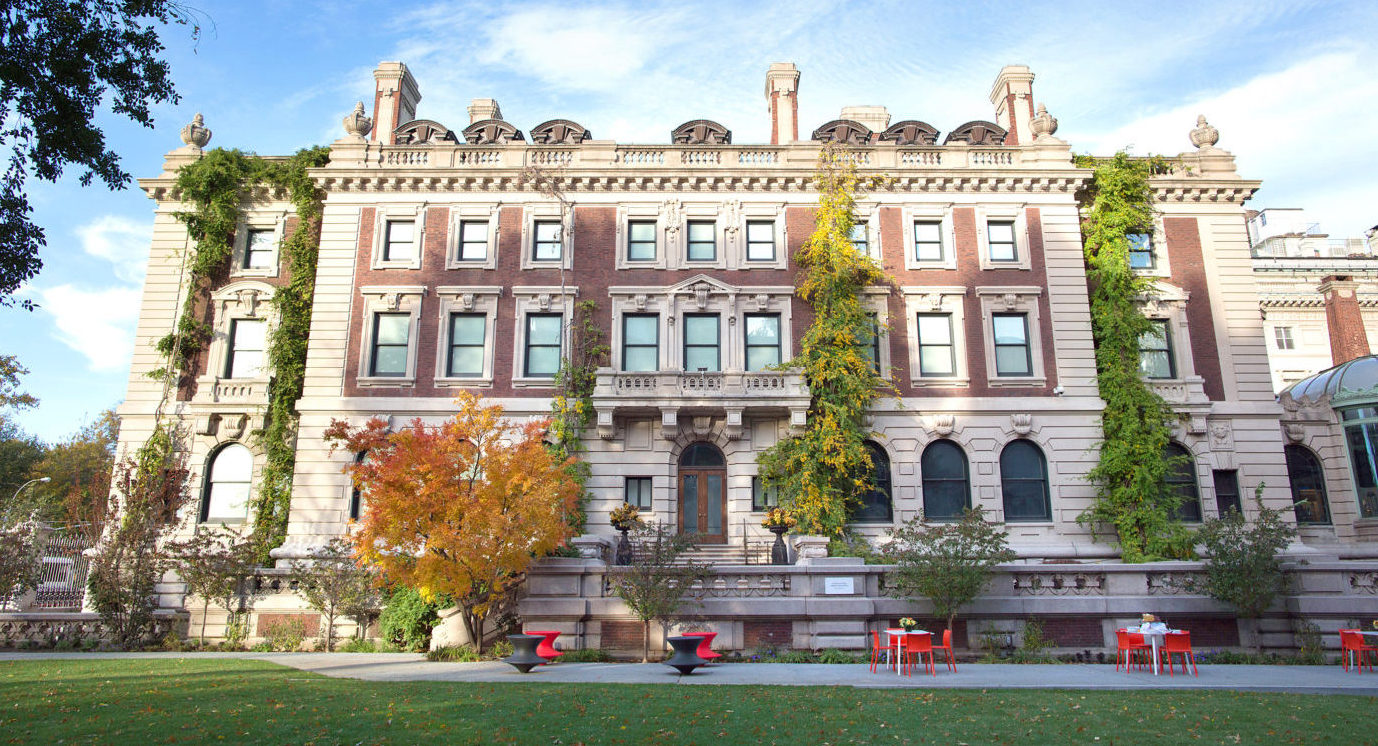
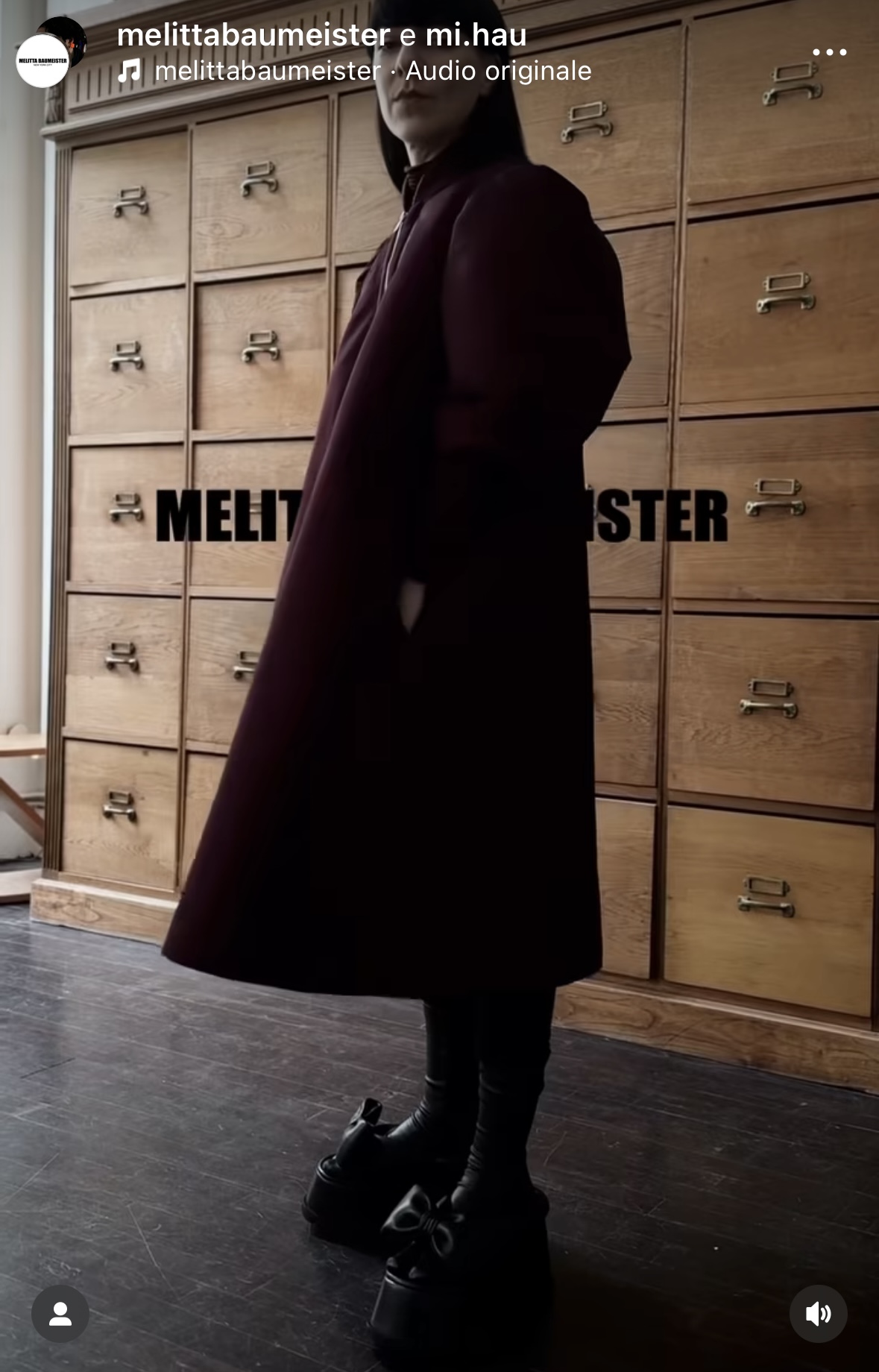


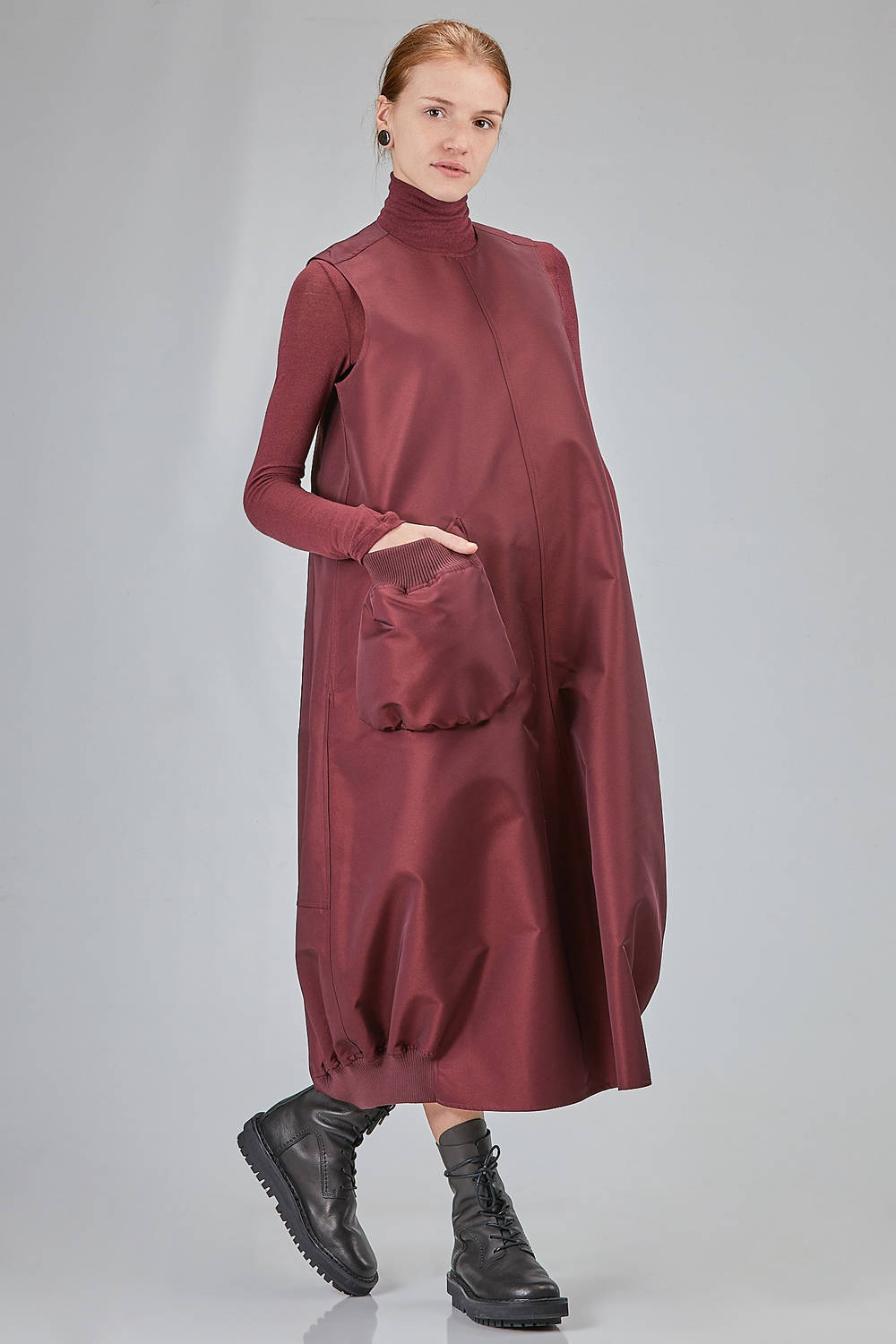



Recent Comments